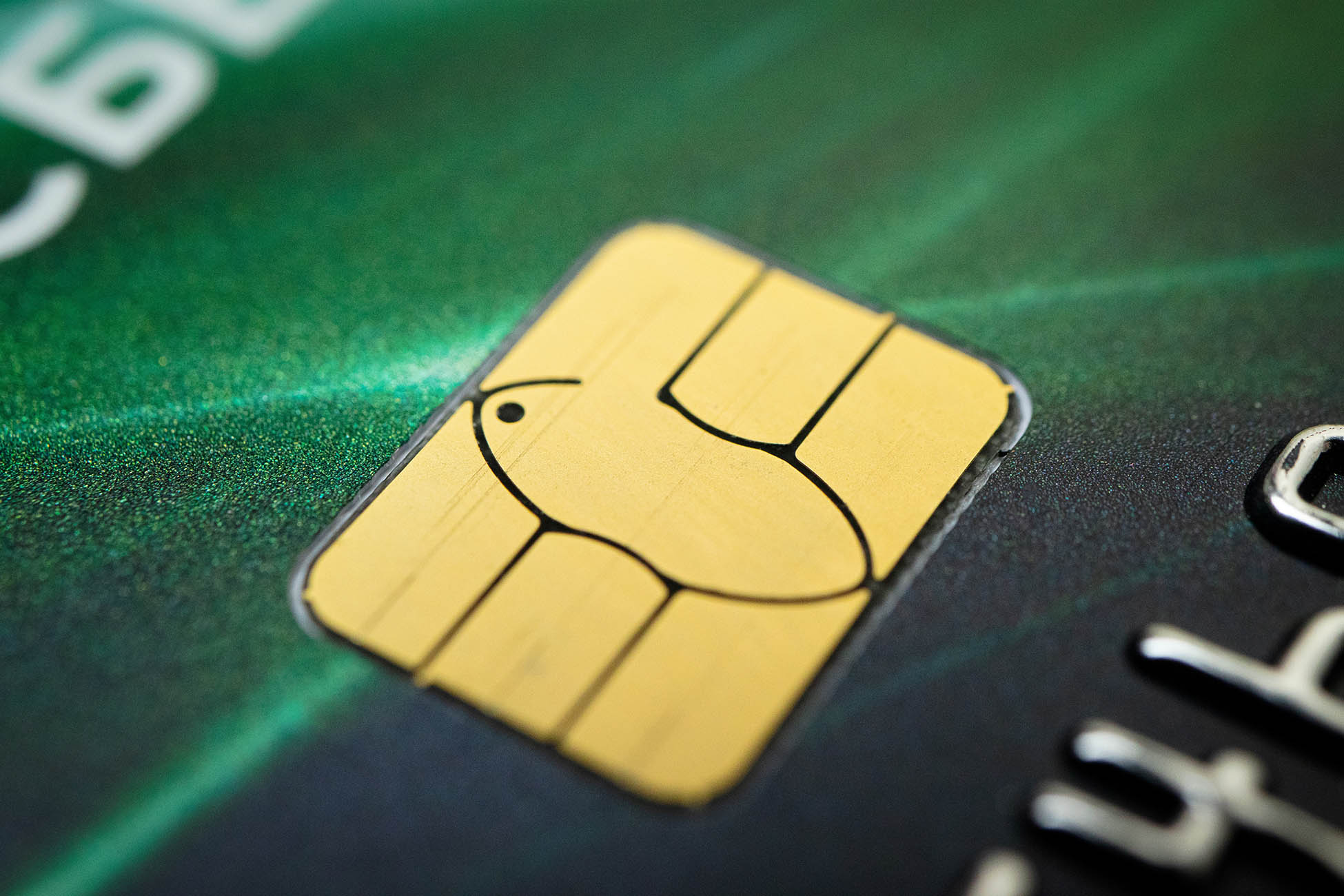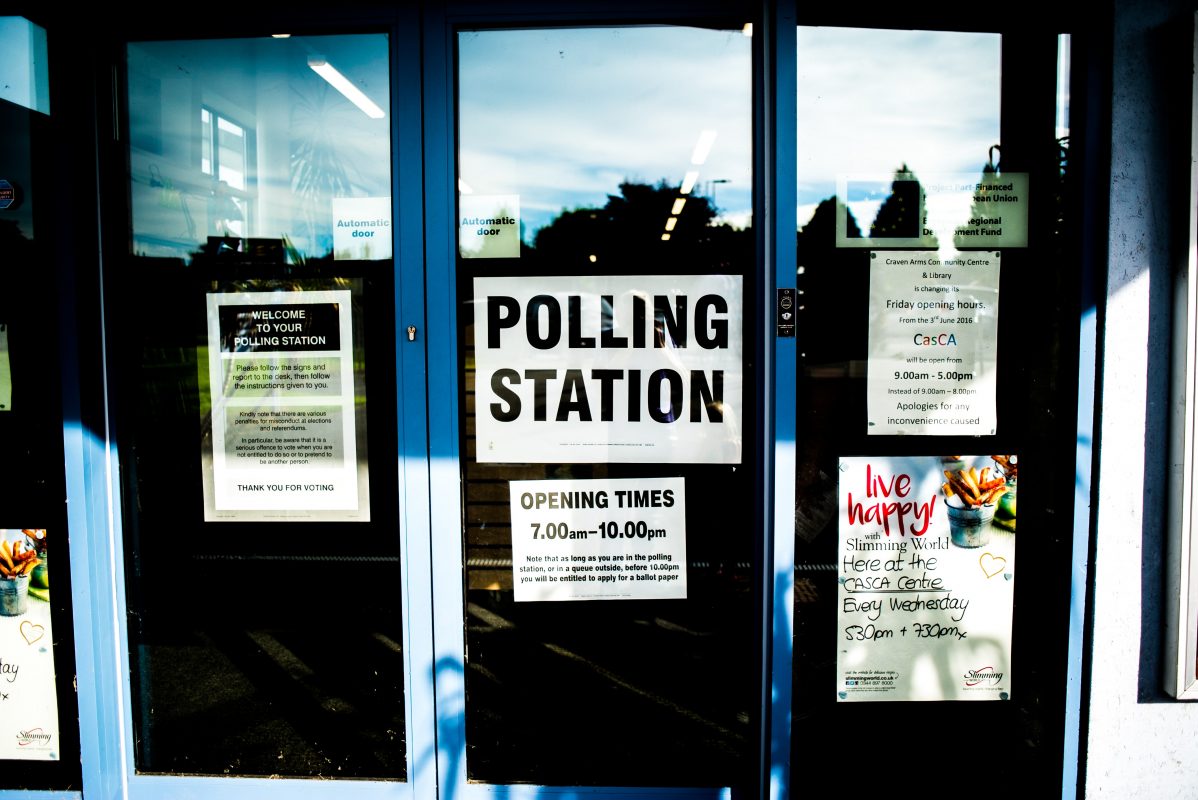When you get a credit card, one of the most important things to understand is how APR works. APR, or annual percentage rate, is how your creditor calculates how much interest you will owe on your balance at the end of each monthly billing cycle. In this guide, we will break down how APR works and what you need to know in order to make the most of your credit card. We'll also provide some tips on how to avoid paying too much in interest.
First thing to remember is that all types of credit product (loans, mortgage, credit cards...) have different ways of calculating APR. You can check out our Dummies Guide to APR for Personal Finance to find out more.
The Complete Guide to APR on Credit Cards: How It Works and What You Need to Know Table of Contents
The Complete Guide to APR on Credit Cards Table of Contents
What is the Annual Percentage Rate (APR) on a Credit Card?
What is the Purchase APR on a Credit Card?
What is Balance Transfer APR on a Credit Card?
What is Cash Advance APR on a Credit Card?
How Does Interest Work With Credit Card APR?
What Are Some Tips for Avoiding High APR Interest Charges on Credit Cards?
What is Intro APR on Credit Cards?
What is Considered a Good APR for Credit Cards?
What is an Average Credit Card APR?
How Do 0% APR Credit Cards Work?
When Do You Pay APR on Credit Cards?
How to Lower Your APR on Credit Cards
Why Is It Important to Compare The APR For Credit Cards?
What is an Annual Fee on a Credit Card?
What is a Balance Transfer Fee?
Know someone who could do with learning a bit more about credit cards?
The Complete Guide to APR on Credit Cards Table of Contents
What is the Annual Percentage Rate (APR) on a Credit Card?
What is the Purchase APR on a Credit Card?
What is Balance Transfer APR on a Credit Card?
What is Cash Advance APR on a Credit Card?
How Does Interest Work With Credit Card APR?
What Are Some Tips for Avoiding High APR Interest Charges on Credit Cards?
What is Intro APR on Credit Cards?
What is Considered a Good APR for Credit Cards?
What is an Average Credit Card APR?
How Do 0% APR Credit Cards Work?
When Do You Pay APR on Credit Cards?
How to Lower Your APR on Credit Cards
Why Is It Important to Compare The APR For Credit Cards?
What is an Annual Fee on a Credit Card?
What is a Balance Transfer Fee?
What is the Annual Percentage Rate (APR) on a Credit Card?
Your APR is the cost of credit (money you have borrowed) expressed as a yearly rate. When you see a credit card's APR, it will usually be broken down into three different rates: one for purchases, one for balance transfers and another for cash advances.
What is the Purchase APR on a Credit Card?
The purchase APR is the rate you'll pay on anything you buy using your credit card.
This is usually the lower of the APR rates offered by your credit card issuer.
What is Balance Transfer APR on a Credit Card?
The balance transfer APR is the rate you'll pay on any balances you transfer to your credit card from another account. This rate is usually higher than the purchase APR, so it's important to understand how balance transfers work before you do one.
What is Cash Advance APR on a Credit Card?
The cash advance APR is the rate you'll pay on any cash advances you make with your credit card. This rate is usually higher than both the purchase and balance transfer APRs, so it's important to avoid taking out cash advances if possible.
How Does Interest Work With Credit Card APR?
Your credit card issuer will use your APR to calculate the interest you owe on your balance at the end of each billing cycle. The interest is calculated based on your average daily balance during the cycle, and it is applied to your balance at the beginning of the next billing cycle.
You can avoid paying interest on your credit card purchases by paying off your entire balance before the grace period ends. The grace period is usually 21 days from the close of each billing cycle, but it can vary depending on your issuer.
If you carry a balance from one month to the next, you'll be charged interest on that balance starting at the beginning of the new billing cycle.
What Are Some Tips for Avoiding High APR Interest Charges on Credit Cards?
There are a few things you can do to avoid paying too much in interest on your credit card:
- Use a 0% APR credit card for new purchases or balance transfers. These cards offer a promotional period during which you won't be charged any interest on your balances.
- Pay off your balance in full each month. This will help you avoid paying interest on your balance and save you money in the long run.
- Avoid taking out cash advances. As we mentioned earlier, the cash advance APR is usually higher than both the purchase and balance transfer APRs.
- Know when your grace period ends. Make sure you pay off your entire balance before the grace period ends so you don't get hit with interest charges.
What is Intro APR on Credit Cards?
An intro APR is a promotional rate that credit card issuers offer to new cardholders. This rate is usually 0% and it lasts for a set period of time, typically 12 months. After the intro period ends, the APR will revert back to the standard purchase APR.
Some cards also offer intro rates on balance transfers and cash advances. These rates are usually higher than the intro purchase APR, so make sure you understand how they work before you take advantage of them.
What is Considered a Good APR for Credit Cards?
The average APR for credit cards is around 18%, but you can find cards with APRs as low as 0%. If you have good credit, you may be able to qualify for a card with a lower APR.
Some cards also offer introductory rates that are lower than the standard APR. These rates usually last for 12 months and then revert back to the standard APR.
What is an Average Credit Card APR?
The average credit card APR is around 18%. However, there are some cards that offer intro rates that are lower than the standard APR. These rates usually last for 12 months and then revert back to the standard APR.
If you have a good credit score, you may be able to qualify for a card with a lower.
How Do 0% APR Credit Cards Work?
A 0% APR credit card offers a promotional period during which you won't be charged any interest on your balances. This can be helpful if you're trying to pay off a large purchase or transfer a balance from another card.
Just be sure you understand how these cards work before you apply for one. Some cards have intro rates that last for 12 months, while others have intro rates that last for 21 months.
After the intro period ends, the APR will revert back to the standard purchase APR. Make sure you know what the standard APR is before you apply for the card so you're not surprised by it later.
When Do You Pay APR on Credit Cards?
You'll usually start paying APR on credit cards when you carry a balance from one month to the next. This means you'll be charged interest on that balance starting at the beginning of the new billing cycle.
Some cards offer a grace period, which is usually 21 days from the close of each billing cycle. This means you can avoid paying interest on your credit card purchases if you pay off your entire balance before the grace period ends.
However, if you take out a cash advance or make a purchase using your credit card after the grace period ends, you'll start accruing interest immediately.
How to Lower Your APR on Credit Cards
There are a few things you can do to lower your APR on credit cards:
Use a 0% APR credit card for new purchases or balance transfers to get a great deal. These cards have a limited time period, during which you will not be charged any interest on your balances.
You don't want to pay for something you won't use - especially if it's an expensive item. You also don't want a credit card balance that grows and eats away at your money for years or decades on end. With proper planning, you can avoid this scenario by making payments in full every month.
- Avoid taking out cash advances. As we mentioned earlier, the cash advance APR is usually higher than both the purchase and balance transfer APRs.
- Make sure you pay off your entire balance before the grace period ends. You don't want to get hit with interest charges.
Why Is It Important to Compare The APR For Credit Cards?
When you're trying to choose the best credit card for your needs, it's important to compare the APRs. This way, you can be sure you're getting the best deal possible.
The APR will determine how much interest you'll pay on your balances if you carry them from one month to the next. It's important to understand how this works before you apply for a credit card so you're not surprised by the interest charges later.
Some cards offer 0% intro rates on purchases or balance transfers. These rates usually last for 12 months before reverting back to the standard APR. If you have good credit, you may be able to qualify for a card with a lower APR.
What is an Annual Fee on a Credit Card?
An annual fee is a charge that you'll pay every year just for having the credit card. This fee is in addition to any interest you might accrue on your balances.
Some cards have high annual fees, while others have no annual fees at all. It's important to compare the different options before you apply for a credit card so you're not surprised by the fee later.
What is a Balance Transfer Fee?
A balance transfer fee is a charge that you'll pay when you transfer a balance from one credit card to another. This fee is usually around three percent of the total amount of the transfer.
For example, if you're transferring a $1000 balance, you'll probably end up paying a $30
Know someone who could do with learning a bit more about credit cards?
Make sure you share this post with a friend that loves using credit cards! They could save around $100 a month / $1,200 a year just by learning how to make credit cards work for them in every situation.













